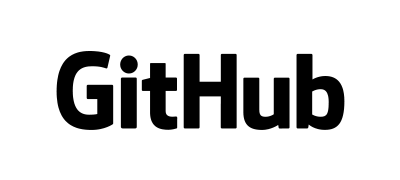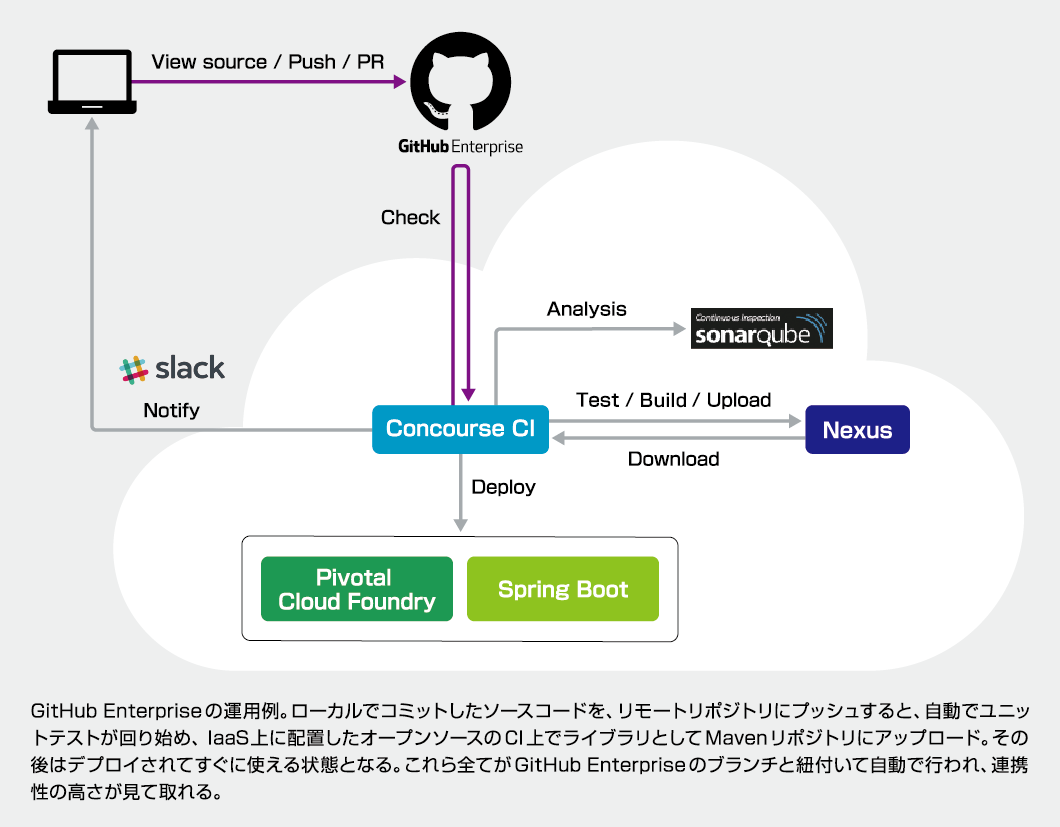Specifications/Technical Information
Application for evaluation machine
- FAQ

Github
github
GitHub - User case study -SB Payment Service Corp.

Migrating from centralized to distributed version control
Realizing a “modern” development environment,
Enhance communication and collaboration



Established in October 2004. In addition to "payment services," which offer more than 30 types of payment methods, which is the largest class in the industry, "card services," which issue and operate "SoftBank card," "collection agency services and corporate calculation services," and "acquiring services." (card member store business), issuing (card issuing business), and remittance services that assume a variety of remittances including overseas.
- The development rules are different for each project, and the source code and documents are scattered
- Disruption of information between projects as many development projects run in parallel
- Due to the burden of merge work, version management work depends on individual skills


- Constructive communication occurs as it becomes possible to share and reuse buried information
- Easily share information by visualizing source code and inserting comments
- URL generation activates communication and reduces work load
Migrate the development environment for visualization and efficiency of development
As a 100% subsidiary of SoftBank Corp. Corp., SB Payment Service Corp. is responsible for the settlement operations of group companies. It is used for “online payment services” at stores and “terminal payment services” at physical stores. We are developing a comprehensive payment service with customer-oriented one-stop support, such as complicated procedures and operations related to payment, and contract work with various financial institutions.
Mr. Harutoshi Kato, Manager of the Operation Planning Section, System Operation Division, System Headquarters, said, "In order to be able to respond quickly when new payment methods and services appear, we should think about the logic of the mechanism according to the solution plan and promote in-house development. We are pursuing both development speed and payment processing speed.”
The company started modernizing its software development environment in 2016. We have newly introduced the distributed repository type version control system "GitHub Enterprise" and started the migration from the centralized repository type version control tool "Subversion" (hereinafter referred to as SVN).
Regarding the background, Mr. Junya Suzuki, Manager of the Operation Planning Section, System Operation Section, System Headquarters, explains that there were two major issues. One is development project management. “While many development projects were running in parallel, the rules for organizing hierarchies and repositories were different for each project, so source code and documentation were scattered in various places.”
The other is development efficiency. “With SVN, there was a tendency to proceed with development without branching, because once branching is done, merging becomes a heavy burden later. We had to reconsider our operations,” says Suzuki.
GitHub Enterprise that can realize a modern development environment while ensuring the quality required by the financial industry
When changing the development environment, we compared products on the premise of introducing Git. Among them, we proceeded with the selection with an awareness that there would be no human costs such as introduction and operation. The free version of GitHub was also used and the effects were felt, but as a financial company, the company has a strong reluctance to entrust the source code to the cloud side. Therefore, we thought it would be desirable to prepare an in-house server and introduce GitHub Enterprise, which allows in-house development members to manage the source code in-house, and operate it on-premises, even if it costs a certain amount of investment. The fact that GitHub Enterprise is the industry's de facto standard also encouraged the introduction.
Mr. Kato also agreed with the introduction of GitHub Enterprise. “Because the Company are a service provider, we used to focus mainly on operations, but a few years ago we started developing software in-house. Releases and catching up with the latest technology are also required, so we thought that GitHub Enterprise would be able to provide a 'modern' development environment while ensuring the quality required by the financial industry."
In October 2016, we officially decided to introduce GitHub Enterprise from Macnica, and currently we are using GitHub Enterprise for almost 100% of our new development projects, and we also plan to change our operations team to the GitHub Enterprise environment, so we will It is expected that it will be completely integrated into GitHub Enterprise.
Mr. Kohei Yamada, Operation Planning Section, System Operation Division, System Headquarters, gives his impressions of GitHub Enterprise from the user's point of view. “It is very different from SVN in that it is easier to send pull requests to other people's repositories and merge when there is a conflict. You can also visualize the source code and insert comments into the source code, making it easier to share and review.

Realizing a virtuous circle that leads to constructive communication leading to the next design
On the other hand, Mr. Suzuki said that he was satisfied with the functions that he did not expect. “I really like the fact that GitHub Enterprise allows you to point to all resources with URLs. Any range of source code, comments, pull requests, etc. can be expressed with URLs. It's more active, takes less time, and makes fewer mistakes.I felt this was a great change."
In addition, as a result, tools that were buried in the repository of veteran engineers can be shared and reused, so constructive communication occurs one after another, realizing a virtuous cycle that leads to the next design.
Mr. Yamada says he feels the same way. "The change to GitHub Enterprise has increased opportunities to see other staff's source code, and communication has become more active, where questions and opinions can be exchanged. Outside of code reviews, I was curious about other people's code. By casually discussing via Slack, I have more opportunities to fix bugs and mistakes that I didn't notice, and I feel that the quality of the source code is improving."
In recent years, the financial industry has been actively introducing FinTech (technological innovation that combines traditional financial services with the latest IT) to promote financial innovation by innovating financial products and services that were conservative and stagnant. . Mr. Kato analyzes that it is no longer possible to fight the fierce competition without GitHub Enterprise, as technology cycles will accelerate and speeding up and automation of development will be essential.
“In the future, the number of development projects will increase and service requirements will become more diverse, so we will continue to increase the number of GitHub Enterprise users as we increase the number of Macnica members. We look forward to your support.”
As the domestic e-commerce market expands rapidly, we will continue to proactively propose payment methods that are optimal for the trends of the times while making full use of the ecosystem centered on GitHub Enterprise.
Feel free to contact us about GitHub Enterprise
Inquiries on the web
Inquiries by phone
045-476-2010
Reception: Monday-Friday 8:45-17:15
Inquiry/Document request
Macnica GitHub
- TEL:045-476-2010
- E-mail:github-rt@macnica.co.jp
Weekdays: 9:00-17:00